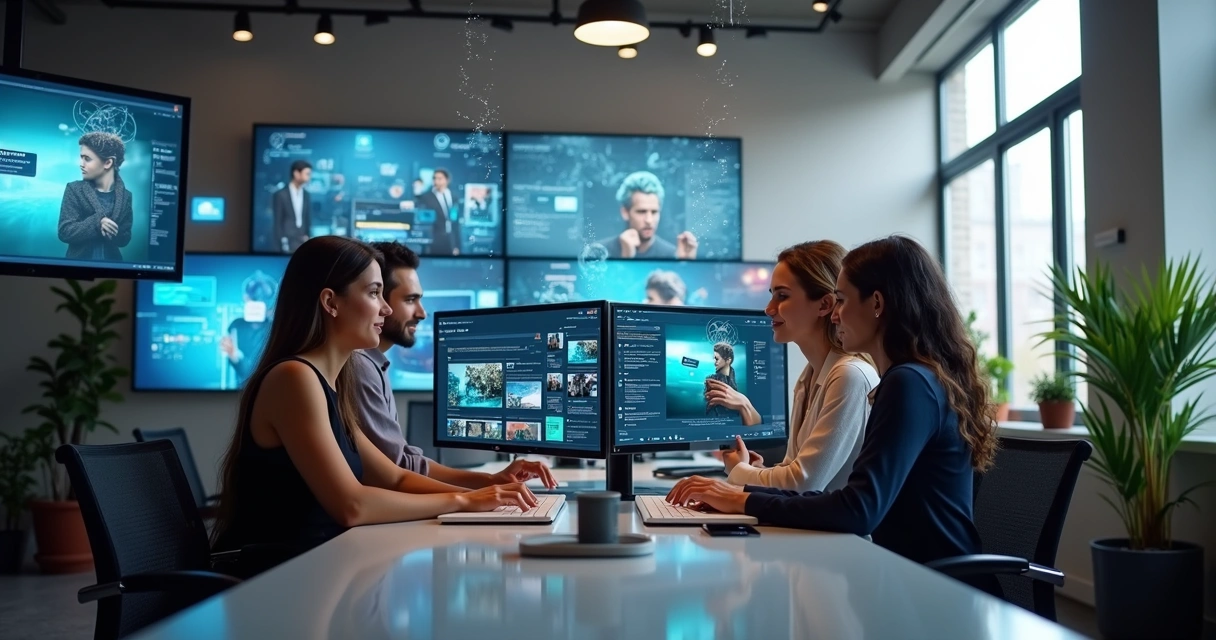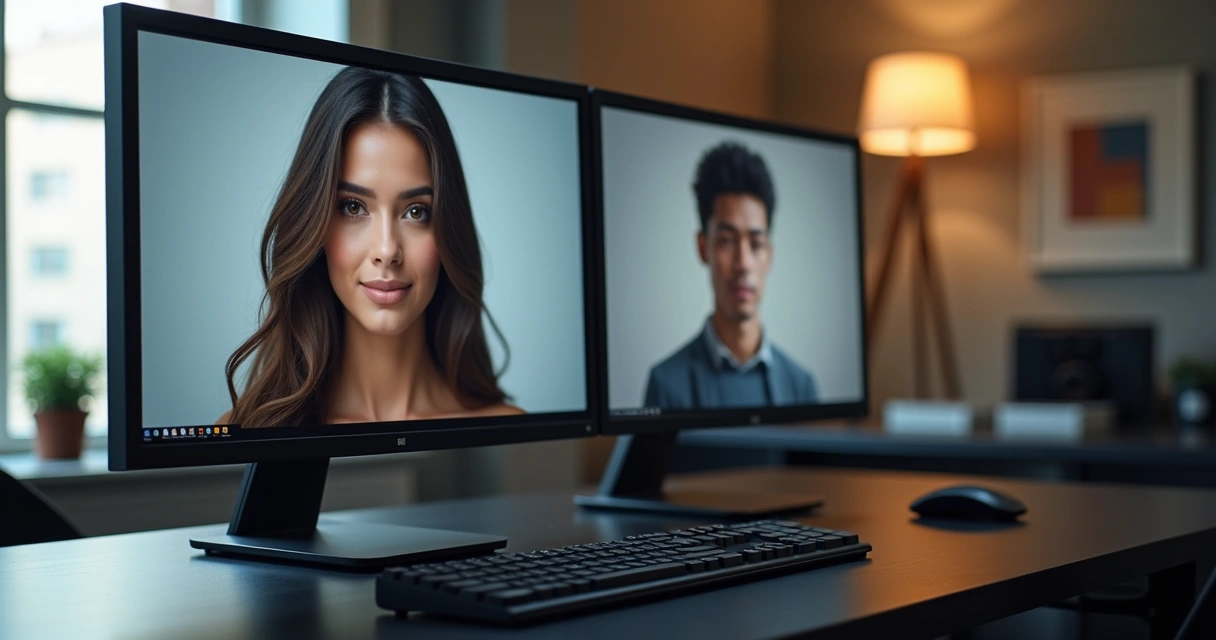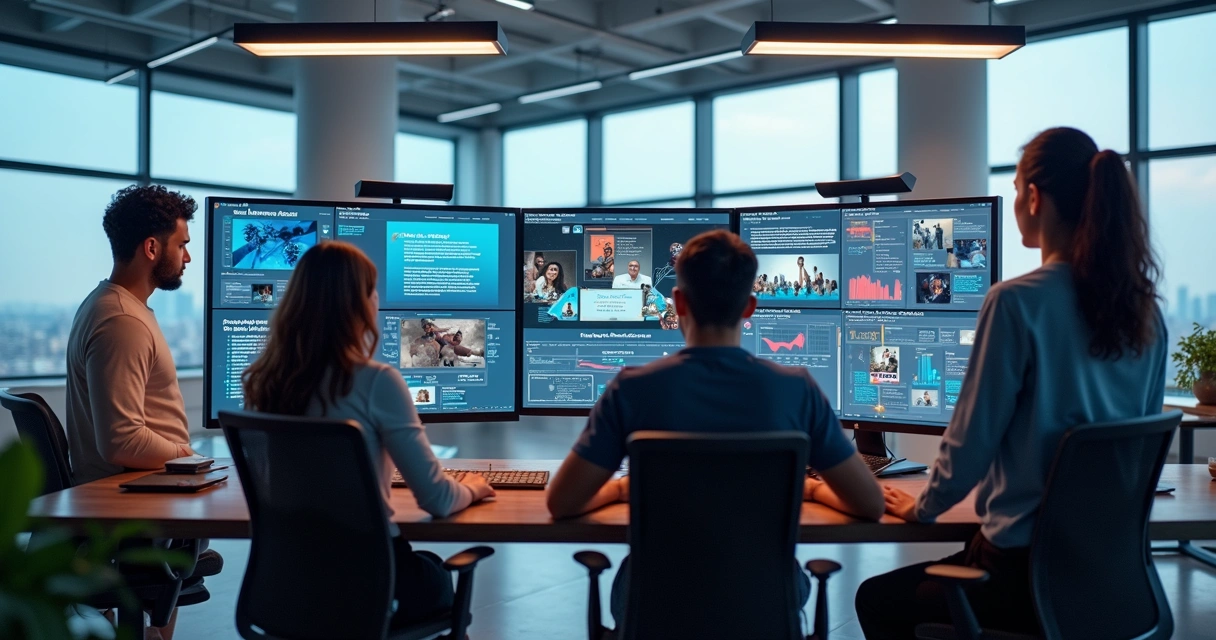Ad creation is changing faster than ever. While new ways to reach and persuade people seem to pop up every month, one technology has quietly become the backbone of modern digital marketing: Generative AI solutions. These systems use advanced machine learning to instantly make images, videos, and text, not just for fun, but for business. For marketers who juggle hundreds of campaigns or need to launch dozens of ad variations, this isn’t just helpful. It fundamentally changes the pace and scale of their work.
But before we jump into buzzy tech talk, let’s ground ourselves. If your team ever felt stuck waiting for creative assets, or if you’ve found yourself wishing you could test more ideas without ballooning your costs, automatic content creation could start feeling like magic. The truth is, it’s less about magic, and more about smart algorithms trained on data, your data, your brand voice, your goals.
This article looks, with a critical but practical eye, at how artificial intelligence is powering rapid creative production and testing for advertising. We’ll talk about what generative models do, why Meta Ads and similar platforms are quietly adopting them behind the scenes, and how platforms like Automads enable instant ad creative output at a scale that was unthinkable even three years ago.
Create. Test. Learn. Repeat, all in minutes, not weeks.
Let’s see how it actually works for creative teams, agencies, and anyone who needs to keep campaigns fresh, effective, and in sync with the brand. We’ll go through seven big ways this technology is being used (with a few human touches and doubts along the way).
What is generative AI?
Most of us by now have heard about “AI that can create.” Still, even experienced marketers wonder: how does it actually work? Artificial intelligence trained for generative tasks doesn’t just copy-paste bits of old material. Instead, these models are built to generate new content that’s statistically likely to work for a given prompt or context.
When you see an automatic ad image, a short video with a digital actor, or even a catchy slogan written by an AI tool, chances are you’re seeing the result of Inteligência Artificial Generativa, that is, AI trained specifically to create, not just analyze.
For marketers, this means you can create endless versions of ad text, social videos, or product images in seconds, rather than days. That changes everything about how you test, scale, and update campaigns, as we’ll see throughout this article.
- Quick point: Generative AI can make static images, videos, or text.
- No design background needed. Marketers with any skill level can guide the output.
- Real-time experimentation. If an idea doesn’t work, switch it out faster than ever.
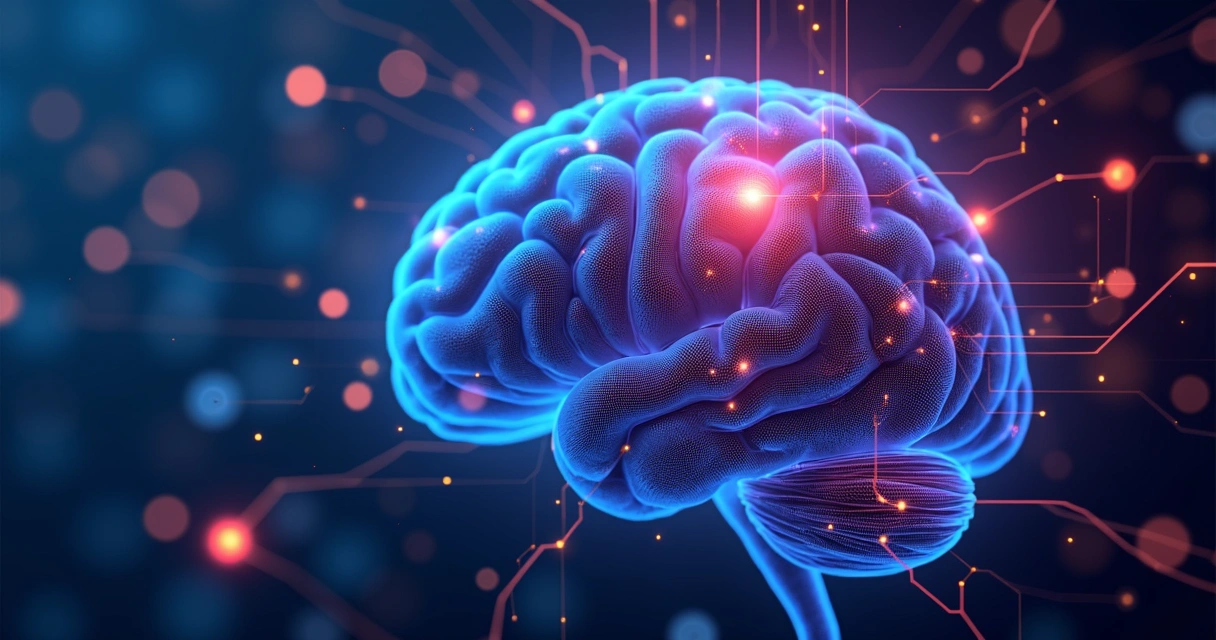
Across the ad world, things are moving fast. According to a 2025 IAB report, 86% of advertisers are already using or planning to use AI-generated videos, with an expected 40% of all ad videos built by AI by 2026. Smaller brands, especially, are jumping ahead, producing campaign assets that match “big brand” quality without overstretching their budget.
Why fast ad creation matters now more than ever
It’s not just about working faster, although that’s part of the story. It’s about surviving in a world where:
- Algorithms and social platforms change what works, overnight.
- Trends on TikTok, Instagram, or Facebook last a few days, maybe a week if you’re lucky.
- Customers expect fresh creative on every channel, every time.
Slowness can make you invisible. The faster you test ideas, learn from data, and adapt, the more likely your campaigns perform. That’s the reality acknowledged by statista's research into generative AI in marketing: 73% of marketers in the US now rely on these automated tools to keep up.
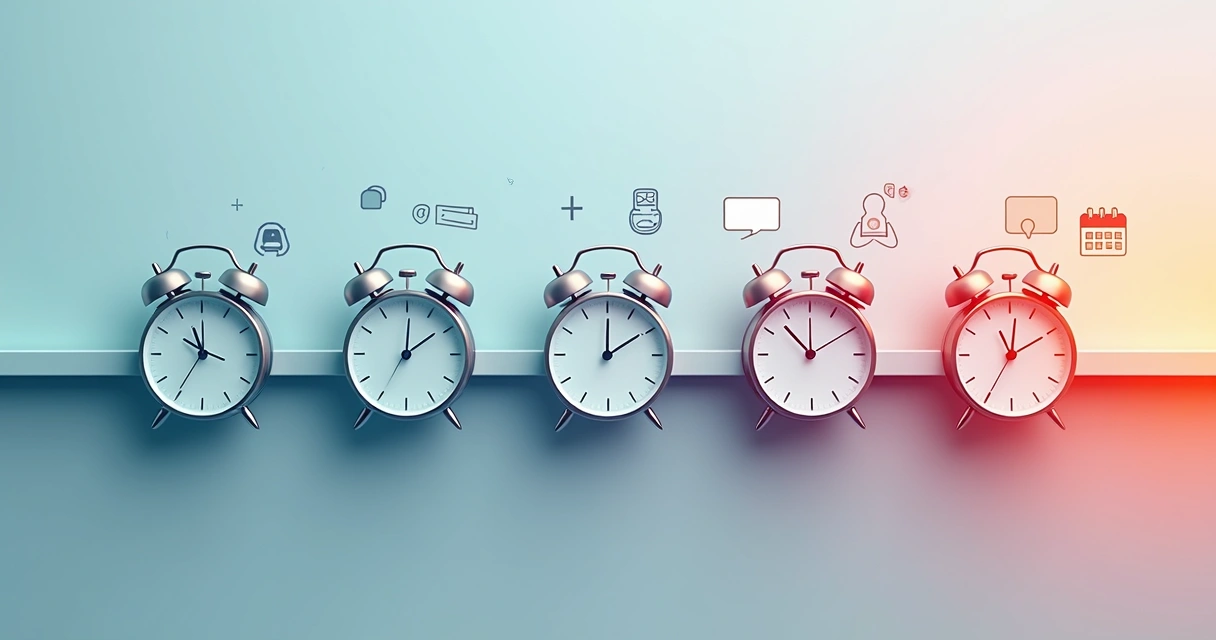
So, platforms like Automads are designed not just to multiply output but to keep brands visible, relevant, and responsive. Imagine being able to test 15 different ad headlines and images, in one afternoon. Or swapping in new product shots each day to match a real-time trend. That’s what this new approach unlocks for performance-driven marketers.
How generative AI creates ad content, at a glance
Under the hood, most creative AI tools use a few main types of models. You may see these acronyms tossed around: “Transformer,” “GAN,” “VAE.” But what do they really mean?
Transformers, the text and script generator
Transformer models, like those powering popular chatbots, are especially good at working with words. They predict the next best word or sentence, drawing from enormous data sets that include ad copy, headlines, captions, and more. For ad creative, transformers enable:
- Generating unique headlines, descriptions, or calls-to-action for Facebook and Instagram campaigns.
- Writing product descriptions or quick 15-second video scripts.
- Matching your brand tone, even switching “voice” between different products.
Automads and platforms like it rely heavily on transformers to instantly write human-like copy for different ad formats. Not only does this save your writing team loads of time, but it also opens up high-speed A/B testing.
GANs, the image and video creators
Generative adversarial networks (GANs) work differently. Picture two neural networks: one tries to create something (say, a product photo), while the other checks if it looks real. They spar until you get shockingly lifelike images, and, increasingly, videos.
- Making static ad images that look studio-shot, even on tight budgets.
- Generating infinite variations (colors, backgrounds, models, settings).
- Building the basis of short video scenes or creative animations, frame by frame.
For businesses launching new items or needing fresh social content, these tools mean you never run out of “on-brand” visuals.

VAEs, versatility and control
Variational autoencoders (VAEs) might not grab headlines, but they’re quietly powerful for creative ad work. VAEs quickly “compress” creative content, then rebuild it with tweaks. This means:
- Creating consistent brand visuals across many outputs.
- Quickly adjusting creative to match different placements or formats.
- Swapping background, scale, or colors without full manual redesign.
This lets marketers create ad variants for every social channel, while keeping brand style tight.
AI doesn't just automate, it multiplies possibilities.
Combined, these models turn your campaign brief into hundreds of creative ideas. Review, shortlist, and launch, all in a morning, not weeks.
The new creative workflow: ad production before and after AI
Yesterday’s process: slow and expensive
Think about what used to happen if a team wanted to test twenty different Facebook ad images. You’d need:
- Designers and copywriters to brainstorm, build rough drafts, iterate, and polish.
- Photo shoots or stock image licensing fees.
- Video actors, editors, color grading, subtitles.
Budgets ballooned. Production time stretched from days into weeks, if not longer. Sometimes, you scrapped a campaign before launch because another trend hit or a product update changed everything. Tough.
Today’s workflow: instant, flexible, scalable
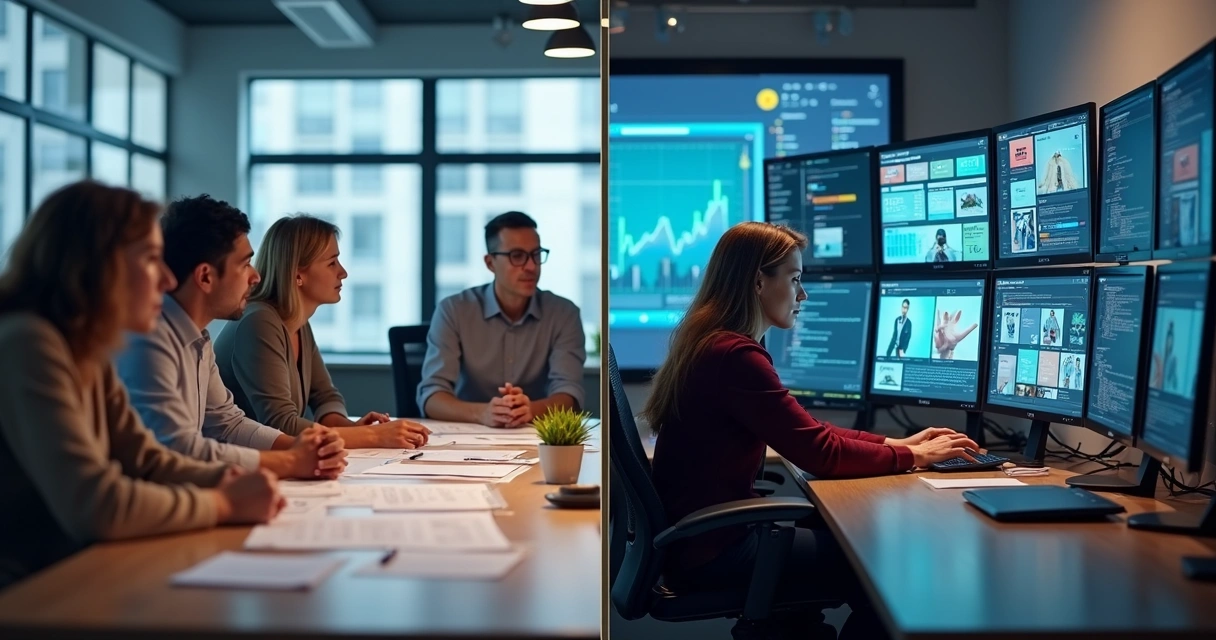
Now, with generative tools like those built into Automads, teams can:
- Upload a product image or enter a few prompts to generate a whole set of static ad builds using the AI Ad Creative Generator.
- Automatically adjust background color, text placement, or even visual style (modern, playful, luxury, etc.).
- Use short prompts to make ready-to-deploy video ads, including featuring AI-generated spokespersons, with tools like the AI Ad Video Generator.
- Paste a product URL to instantly get new versions of Facebook or TikTok ad copy through the AI Facebook Ad Generator or AI TikTok Ad Generator.
- Export Google-ready ad headlines and descriptions for quick, consistent campaign builds using an AI Google Ad Generator.
What does this mean for real teams? Production is faster. Costs fall. Time from idea to launch shrinks. Testing becomes a real-time habit, not a rare luxury.
7 key uses of generative AI for fast ad creation and testing
Let’s break down the most common, and, perhaps, the most surprising, ways brands, marketers, and agencies are using AI-driven creative right now.
1. rapid ad visual generation
Nothing slows down campaign testing like waiting on new artwork. Imagine typing a few keywords and getting dozens of static ad banners, all styled exactly to your brand.
- Swap out backgrounds, product angles, or models to match your audience segments.
- Localize artwork for new regions or holiday themes with a couple of clicks.
- Refresh visuals daily to keep social feeds lively and responsive to trends.
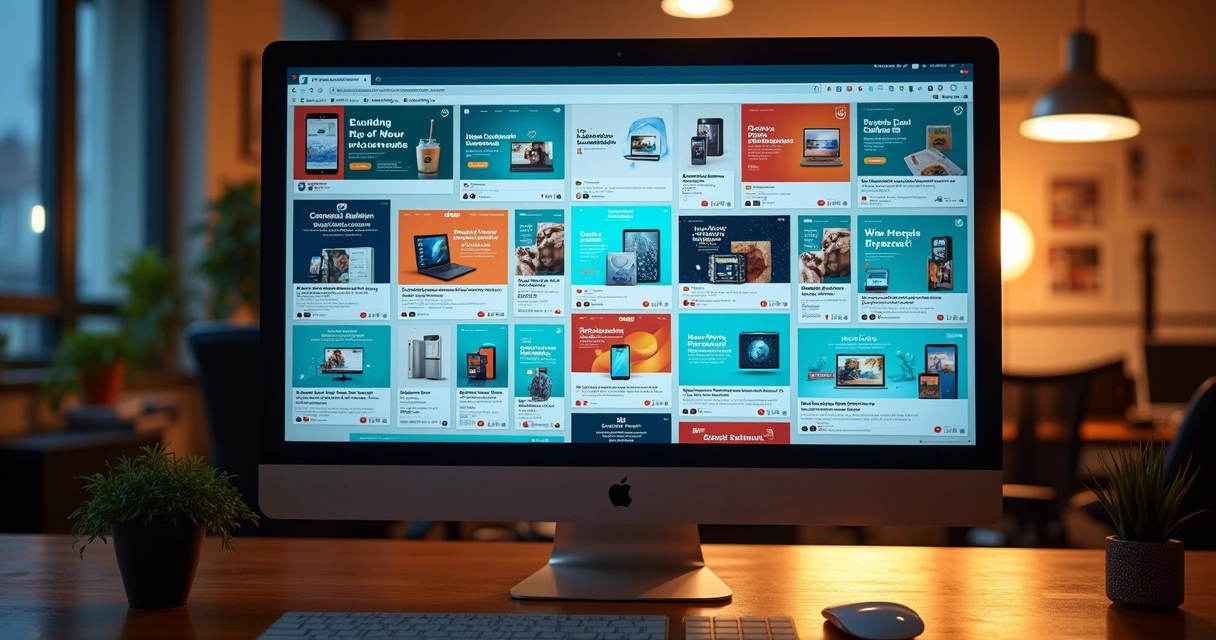
It’s no surprise that research from Gartner and others shows 77% of marketing teams now use AI for creative development.
2. video ad creation at scale
Video content generally eats up most of your production time and budget. One recent IAB study reports that more than four in five marketers will use AI-generated video by next year.
Why? Generative models make quick video intros, animated product highlights, or explainer scenes complete with AI actors. Update your influencer’s script, change the background, or tweak the call-to-action, all in a browser, and within a few minutes.
- Produce short video ads at a fraction of usual cost.
- Personalize videos for different audiences or A/B tests.
- Test new messages every week instead of every quarter.
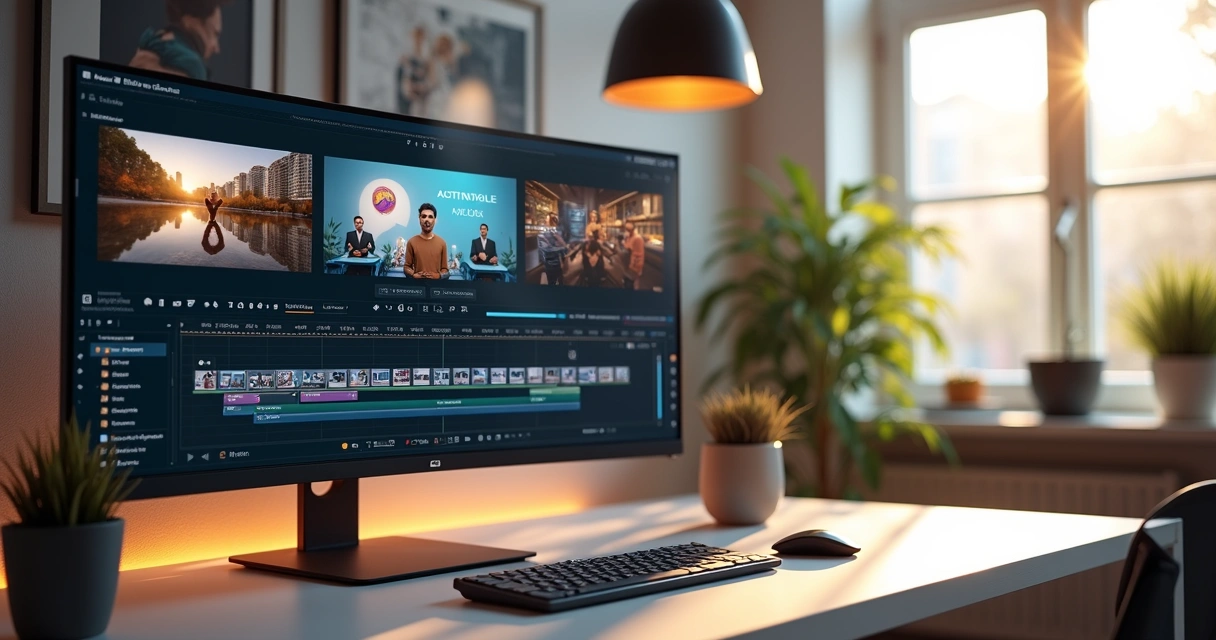
3. AI actors and spokespersons
Even just five years ago, running an ad campaign featuring a professional actor meant days (or weeks) of scheduling, contracts, and edits. Now, AI-powered video platforms can generate virtual actors in seconds, complete with natural voiceover and expressions.
- Quickly produce localized ad versions with different digital actors or voices.
- Match the spokesperson’s style to your audience, formal or playful, young or mature.
- Avoid the legal headaches of managing real-life talent for short campaigns.
The result? Video ads are no longer restricted by casting budgets or access to big studios. Creative teams can deploy new faces and voices worldwide, overnight, with zero reshoots.
4. instant, on-brand ad copy
Copywriting is often a bottleneck for creative production. With transformer-powered systems, a single prompt becomes twenty headlines, body texts, or even punchlines adapted to your product, tone, and platform.
- Never run out of ideas for catchy headlines or benefit-driven calls to action.
- Quickly translate or localize ad copy for new markets.
- Plug in your product and get tailored text suggestions for TikTok, Instagram, Facebook, or Google Ads.
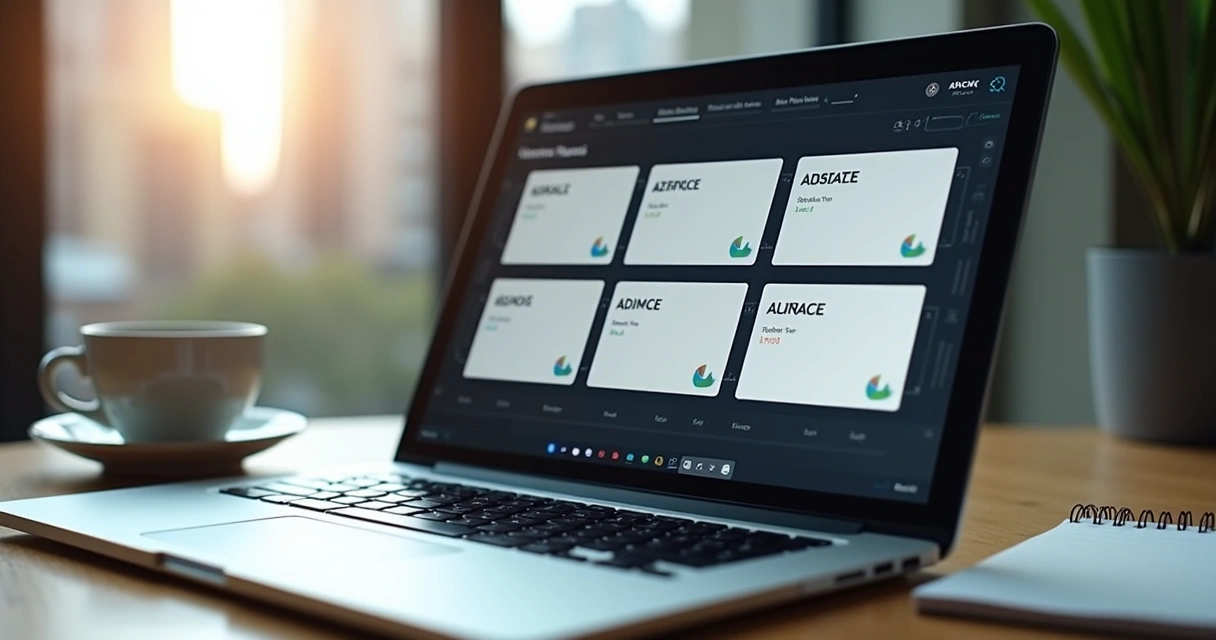
It’s a system that works at speed, but can also adjust instantly if your product features, or your marketing policy, change.
5. automated multivariate ad testing (AI-powered A/B/C/X...Z)
Classic A/B testing used to mean a small handful of creative choices. With artificial intelligence, it’s A/B/C/D/E... and onwards, testing not just two headlines, but ten different versions, each paired with different images or visual layouts.
- Create many ad variations in one go.
- Let your campaigns “self-learn,” adjusting creative based on real performance, not guesswork.
- Reduce manual reporting: AI can help track outcomes and recommend new variants.
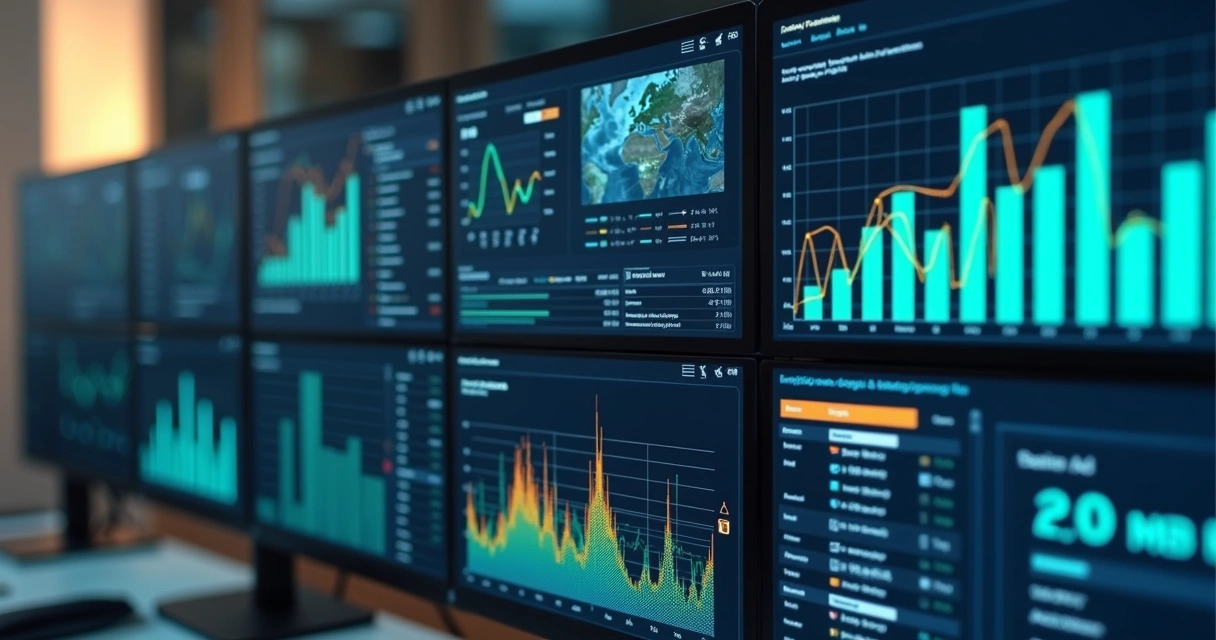
This radically changes optimization. Instead of guessing, you let the data and the AI do most of the heavy lifting, and keep refining day after day.
6. brand consistency at massive scale
A big risk with fast content is “going off-message.” Generative ad systems help avoid that, because they train on your logo, palettes, icons, and style samples. The result? Every new asset, whether image, video, or text, aligns to your guidelines, even if you make hundreds per month.
- Set your brand colors, fonts, tone, the AI adapts all outputs.
- Apply guidelines to new product lines, markets, or campaign themes without redesigning from scratch.
- Reduce risk of rogue messaging or imagery in fast-paced campaigns.
7. frequent updates, endless experimentation
Algorithms and audiences change their preferences in the blink of an eye. Quick creative means you can respond to market shifts or breaking news with almost zero delay.
- Swap out seasonal or trending creative instantly.
- Test new visual styles or video formats, fail fast, try again, without huge sunk costs.
- Know which content type works now, not just last quarter.
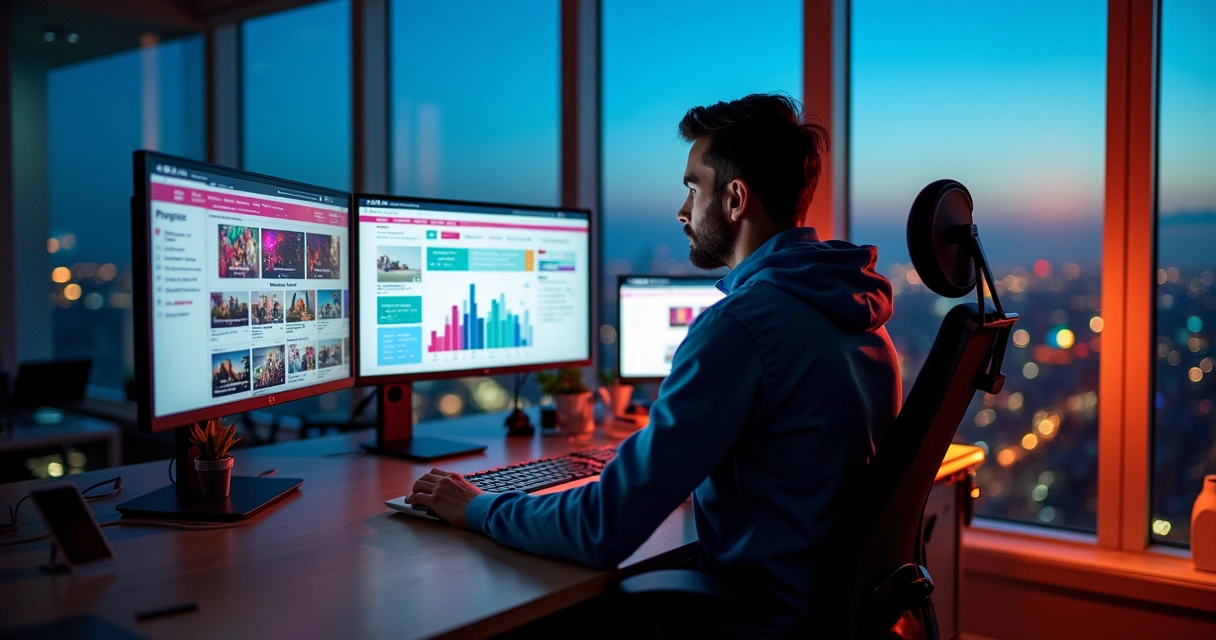
When platforms remove barriers like long signups or credit card requirements for trials, the adoption curve steepens. Marketers can try, learn, and scale much faster, as Automads users see every week.
Cost savings and ROI: the numbers behind the shift
Let’s get practical for a minute, does this technology really save money? The answer seems to be yes, at least for those who know how to use it well. Recent stories in the press highlight multimillion dollar savings on production costs, with marketing teams redirecting freed-up budget toward growth initiatives.
According to the IAB report, even smaller advertisers are achieving high-quality video ads at a fraction of earlier costs. AI creative is helping democratize campaign testing previously possible only for the biggest budgets.
- Save on agency or freelance creative fees.
- Reduce need for expensive photo/video shoots.
- Cut back time spent managing approvals and production back-and-forths.

Cost reduction doesn’t mean a drop in quality. In fact, it means teams can run more experiments, update more campaigns, and “find the winners” faster, which feeds a better ROI cycle.
Practical examples: what real-world workflows look like
Facebook and instagram static ads
A brand launches a new product each month. Instead of hiring designers for each campaign, a marketer uses Automads’ AI Ad Creative Generator to upload a product photo, set a few rules (color, headline), and instantly get:
- 10+ static banners in approved brand styles.
- Each image ready for paid and organic posts.
- Variants optimized for both Facebook and Instagram formats.
Tiktok video ads, reimagined weekly
Social video trends change constantly. Rather than scripting and shooting, the brand selects a key talking point and feeds it to Automads. In a few minutes:
- Multiple 10-to-15 second video ads, voicing, motion, and music included.
- Versions tailored for different product lines, regional accents, or trending hashtags.
The marketing team tests which video style “pops” fastest, and reallocates budget in real time.
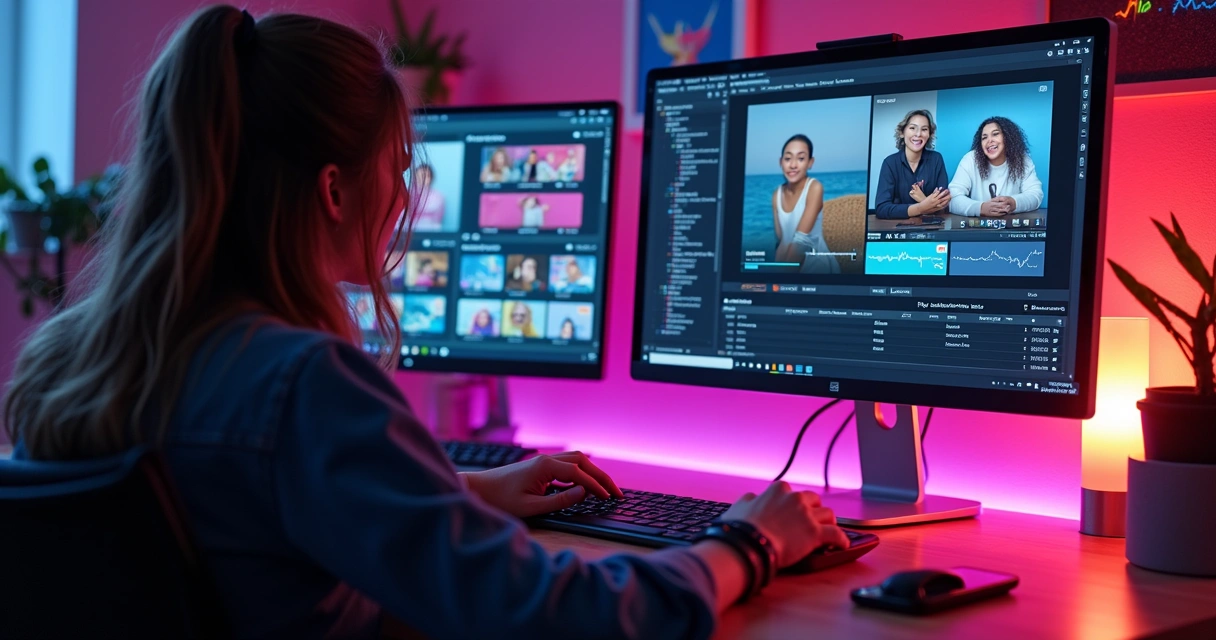
International ad localization, zero translation stress
A global ecommerce store wants to launch a single campaign in five countries, but localize ad text and visuals for each. Instead of wrangling translators and creative agencies:
- The team plugs in product info and country details to Automads.
- AI instantly outputs language-correct copy and image variants with regionally popular symbols or colors.
- Brand guidelines keep everything cohesive, no matter the market.
From product launch to local test becomes a matter of hours, not weeks.
Event-driven campaigns (reacting to trends)
A beauty brand needs to capitalize on a new social trend overnight. They enter “summer glow makeup” as a prompt, and the AI generates images and short videos with seasonal colors, fresh product placement, and energetic text overlays.
- Instant artwork matched to the emerging mood.
- Saves the campaign from missing a short-lived moment.

Brand safety, accuracy, and ethical risks
For all these upsides, being aware of AI’s quirks (or pitfalls) is smart. Automated creative is only as good as its inputs. Watch for:
- Brand safety: Sometimes generative outputs might break style rules or slip in odd (even if unintentional) visual references. Always review final outputs, AI can “hallucinate” or over-interpret certain themes.
- Accuracy and bias: Transformer and GAN-based AIs can draw from biased or out-of-date datasets. If left unchecked, AI-generated content can produce misleading or offensive outputs.
- Disclosure: The ethics of “AI-created content” versus clearly marked sponsored or paid ads still raises questions in some markets.
You’re still the creative director. AI just gives you more options, faster.
With responsible use, rapid review loops, and a clear style guide, most risks can be reduced to a minimum.
Barrier-free adoption, try first, invest later
A big reason adoption is surging is the ease of trying these tools. No need for big budgets or complicated onboarding. For example, Automads allows marketers to make ads without needing payment details upfront. That builds trust and lets teams see the benefits before any commitment, a model that’s helping small and mid-size brands grow their ambitions safely.
- No long contracts or software installation.
- Instant onboarding, use your product or campaign prompt, see what comes back.
- Scale to agency-wide adoption when you’re ready; start solo or with a small team.

Once teams feel empowered to test, the value becomes obvious. That’s when AI-enabled creation becomes a routine, not a risky experiment.
How agencies and teams can scale with AI creative
If you run an agency managing many campaigns, the payoff becomes clearer with scale. Instead of shuffling briefs between copy, design, and review, account managers can set campaign specs, generate dozens of variants, and send pre-tested assets to clients in hours instead of weeks.
- Onboard multiple brands into a single AI-driven platform.
- Apply each client’s brand standards, ensuring consistent output per client.
- Deliver “idea boards” of creative options, everything AI-generated, ready to test.
- Track which creative works, then ask AI to make new, improved variants instantly.
It’s the difference between managing a handful of campaigns and running hundreds, with no drop-off in quality, and way less burnout for the creative team.
Keeping campaigns fresh: always-updated creative output
Today’s best-performing ads look relevant, not recycled. Generative AI, when woven into the workflow, guarantees that your creative assets reflect the current season, mood, or channel trend, not last year’s template.
- Auto-generate themed versions for events, holidays, or current trends.
- Quickly react to platform changes (new ad sizes, platform requirements).
- Never risk “banner fatigue” in long-running campaigns.

What used to require extra freelance talent or long planning, now happens in real time.
Responsible and innovative uses: the road ahead
Where does all this go? The next two years will probably see not just more generative outputs, but deeper integration of AI into creative analytics. Instead of guessing which ad might work, future platforms could predict trends and suggest creative changes before you even see a campaign lag.
- Combining creative generation with performance data (closed-loop optimization).
- Automated bias checks and clearer audit trails for ad imagery, video, and voiceover.
- Tools that support more transparency and disclosure, especially in sensitive sectors (finance, health, politics).
Even as the tech advances, creative teams have the power to set boundaries and make the human-in-the-loop process their core advantage.
AI is changing digital marketing, but your brand’s story is still written by you.
Conclusion: making generative AI work for your team
Generative AI tools are no longer just for tech giants or experimental creatives. They are now within the reach of every marketing team, performance marketer, or agency out there. If keeping up with trends, producing on-brand content in minutes, and testing at scale all sound like challenges you face, AI-created ad solutions deserve a closer look.
Today, teams using platforms like Automads are unlocking:
- Instant, on-brand ad creation across every major social channel.
- Rapid multivariate testing and learning, with no special coding needed.
- Scalable workflows for agencies and multi-brand marketers.
- The confidence to update campaigns on-the-fly, staying relevant and competitive.
And the best way to see if it’s right for your workflow? Try making some ads, no card, no contract, just start experimenting. See how fast you can turn an idea into an ad. Measure the time, and measure the results.
Ready to see how AI-powered creative could help your next campaign? Discover more about Automads and try instant ad creation and testing for yourself, see your creativity multiplied, your workflow simplified, and your campaigns performing at digital speed.
Frequently Asked Questions
What is Generative AI for ads?
Generative AI for ads refers to artificial intelligence systems trained to produce creative assets automatically, including ad copy, images, videos, and even voices. These tools are designed to generate new, original content based on prompts or guidelines (like a campaign brief or product info), not just modify or reuse existing material. For marketing, this means teams can scale creative output, keep brand guidelines consistent, and experiment with multiple content variants at high speed.
How does Generative AI speed up ad creation?
By automating the tasks traditionally handled by designers, copywriters, and video producers, generative AI can create dozens or hundreds of ad variants from a single prompt in seconds. This includes images, videos (sometimes with AI-generated actors or voiceovers), and text copy. Teams can test and update campaigns much faster, respond to market trends in real time, and significantly reduce wait times associated with traditional creative workflows.
Is Generative AI effective for testing ads?
Yes, generative AI is highly effective for ad testing. It allows marketers to quickly create multiple campaign variants (for images, text, or video) and run A/B or multivariate tests across platforms. AI-driven systems can adjust creative in response to test results, enabling continuous improvement and optimization. With faster cycles, teams can “fail fast,” learn what works, and increase ROI from their ad spend.
What are the main uses of Generative AI?
The main uses of generative AI in marketing and advertising include:
- Producing on-brand visual ads for platforms like Facebook, Instagram, and Google Adwords.
- Creating video ads with AI-generated actors or voiceovers.
- Writing ad copy, headlines, and calls-to-action tailored to different audiences or products.
- Automated multivariate testing to identify the best-performing creative swiftly.
- Localizing and personalizing campaigns for different markets or customer segments.
- Keeping campaigns updated with seasonal trends and rapid experimentation.
How much does Generative AI ad creation cost?
The cost for generative AI ad creation varies depending on the platform, usage level, and service plan. Many platforms offer free trials (sometimes without requiring a payment method), making it easy to experiment before committing. Subscription or usage-based plans are often much less expensive than traditional agency fees or manual creative production, especially for high-volume workflow. Recent industry reports show some brands saving millions in annual marketing production costs by switching to AI-generated creative. For details, see the Automads pricing and test the system before purchase.


